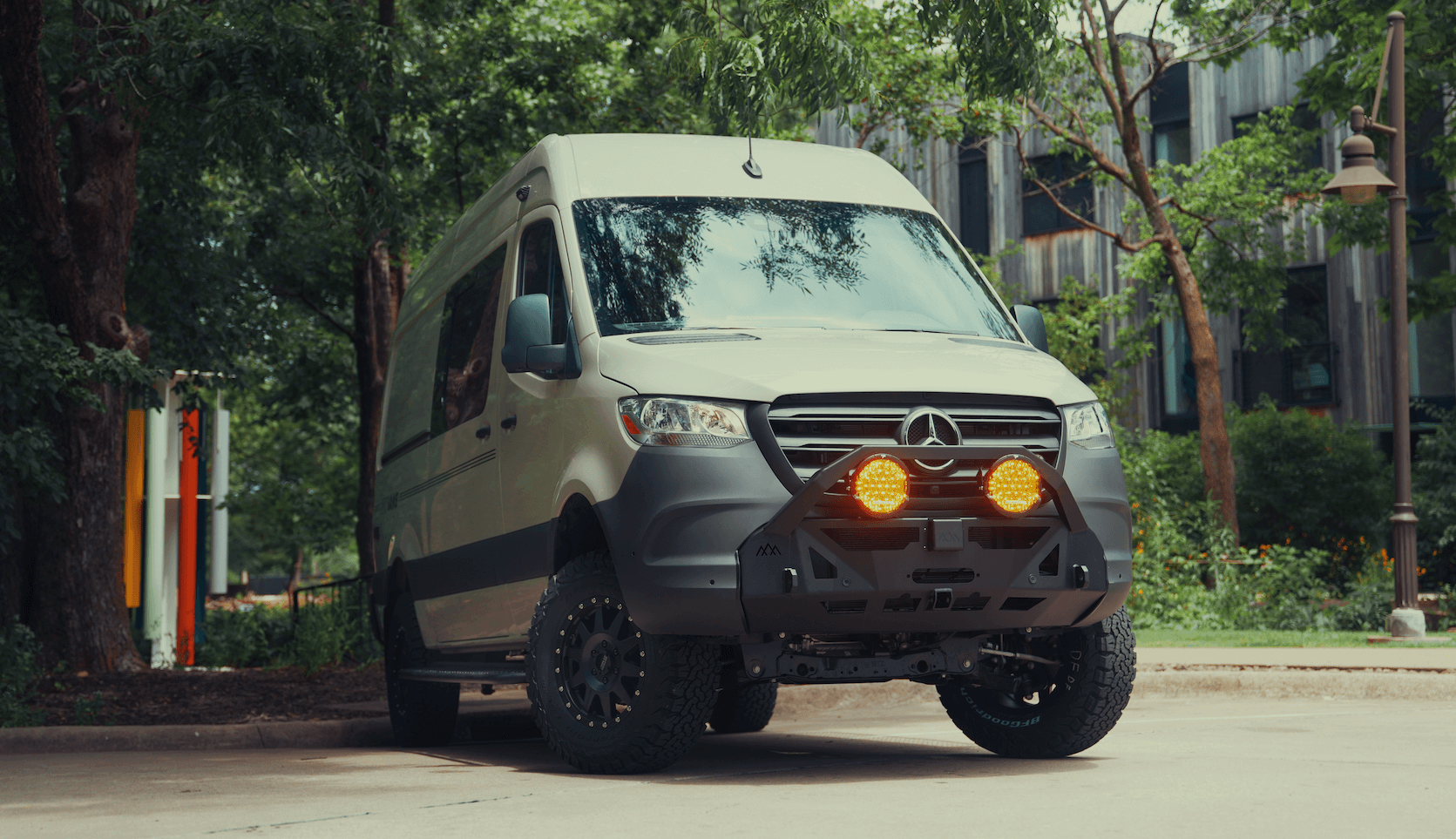Recreational Vans

Step down converters transform a higher DC voltage into a lower, stable DC output. In electrical terms, they are buck regulators that store and release energy through an inductor and switching element to achieve the desired voltage. Unlike resistive or linear drops that waste the excess as heat, step down converters deliver high efficiency, often above ninety percent, which matters in battery powered systems where every amp hour counts.
Mobile environments create perfect use cases. Many vans and trucks have alternator lines around 13 to 14 volts that fluctuate under load and temperature. Sensitive devices like fridges, routers, lights, and radios expect a clean and constant 12 volt or 5 volt supply. A quality step down converter shields those loads from cranking dips, alternator spikes, and long cable voltage sag. Similar logic applies when deriving 12 volt from a 24 or 48 volt house bank, or producing 5 volt for USB hubs across the cabin.
Beyond vehicles, step down converters stabilize power from solar charge controllers, balance multi voltage distribution panels, and feed cameras, pumps, or networking gear. When you see multiple voltage tiers in a system, a DC to DC regulator is often the quiet, efficient bridge that keeps everything humming.
Selecting the right converter goes beyond the headline output number. Key considerations include:
Well chosen step down converters keep wiring cooler and devices happier. Pair that with fusing sized to the wire, and you get a safer system that is easier to troubleshoot.
A buck stage rapidly switches current through an inductor, then smooths it with capacitors to create a lower average output voltage. Duty cycle controls the ratio of input to output. Synchronous designs replace the diode with a controlled low side switch for better efficiency and reduced heat, which is valuable in confined spaces.
Real world performance depends on the install. Keep input runs short and adequately sized to minimize voltage drop, especially when feeding from the alternator or a distant distribution block. Place the converter close to the loads to stabilize voltage where it matters. Use appropriate fusing on both input and output sides, following the ampacity of the smallest conductor in the path.
Grounding and layout influence noise. Keep high current loops tight, twist paired conductors where possible, and avoid sharing return paths with sensitive audio or radio circuits. If interference appears, add ferrite cores or a small LC filter on the output to reduce conducted noise. For larger loads, consider multiple converters feeding separate circuits to distribute heat and fault domains.
Thermal management deserves attention. Even efficient converters dissipate heat under heavy load. Mount to a surface that can act as a heat spreader, provide airflow if possible, and avoid sealed compartments alongside heaters or inverters. When a converter runs cooler, it lasts longer and maintains regulation more accurately.
Vehicles are electrically noisy. Step down converters with low ripple and solid transient response protect navigation devices, routers, cameras, and control modules from brownouts during engine cranks and compressor starts. Add transient suppression and choose converters with robust fault handling to further improve resilience.
Leave breathing room around the body of the unit, avoid stacking foam or gear against fins, and keep cables supported to reduce vibration stress. If the converter includes a chassis ground lug, bond it to a clean point on the vehicle frame or to a central ground bus for predictable fault paths.
Modern mobile builds often combine 12 volt, 24 volt, and 5 volt domains. Step down converters make these tiers coexist without waste. From running a 12 volt fridge on a 24 volt bank to powering cameras and routers at 5 volt, DC to DC regulation standardizes power quality across the cabin. The result is quieter electronics, fewer resets, and more usable battery capacity per day.
OZK Customs integrates converters as part of complete electrical systems in custom vans and overland rigs. We select units with the right input range, noise profile, and protections for your specific loads, then route wiring, fusing, and grounds for clean, serviceable layouts. That means the fridge stays cold, lights stay steady, and your network stays online during long travel days.
If you want a turn key solution that treats power like a foundation not an afterthought, our team designs and installs full mobile power systems with properly sized step down converters and clean distribution.
Take the next step with:
Looking to upgrade or plan a new build Tell us how you travel, what you power, and where space is tight. We will map the right converter strategy inside a complete system so your rig feels simple to use and ready for the miles ahead.
Ready for dependable vehicle power that just works Take 60 seconds to tell us about your rig. Our team will design and install the right DC to DC regulation as part of a custom build or partial upfit so your gear stays safe, quiet, and powered wherever you roam.
ADDRESS:
6159 E Huntsville Rd, Fayetteville, AR 72701
PHONE:
(479) 326-9200
EMAIL:
info@ozkvans.com